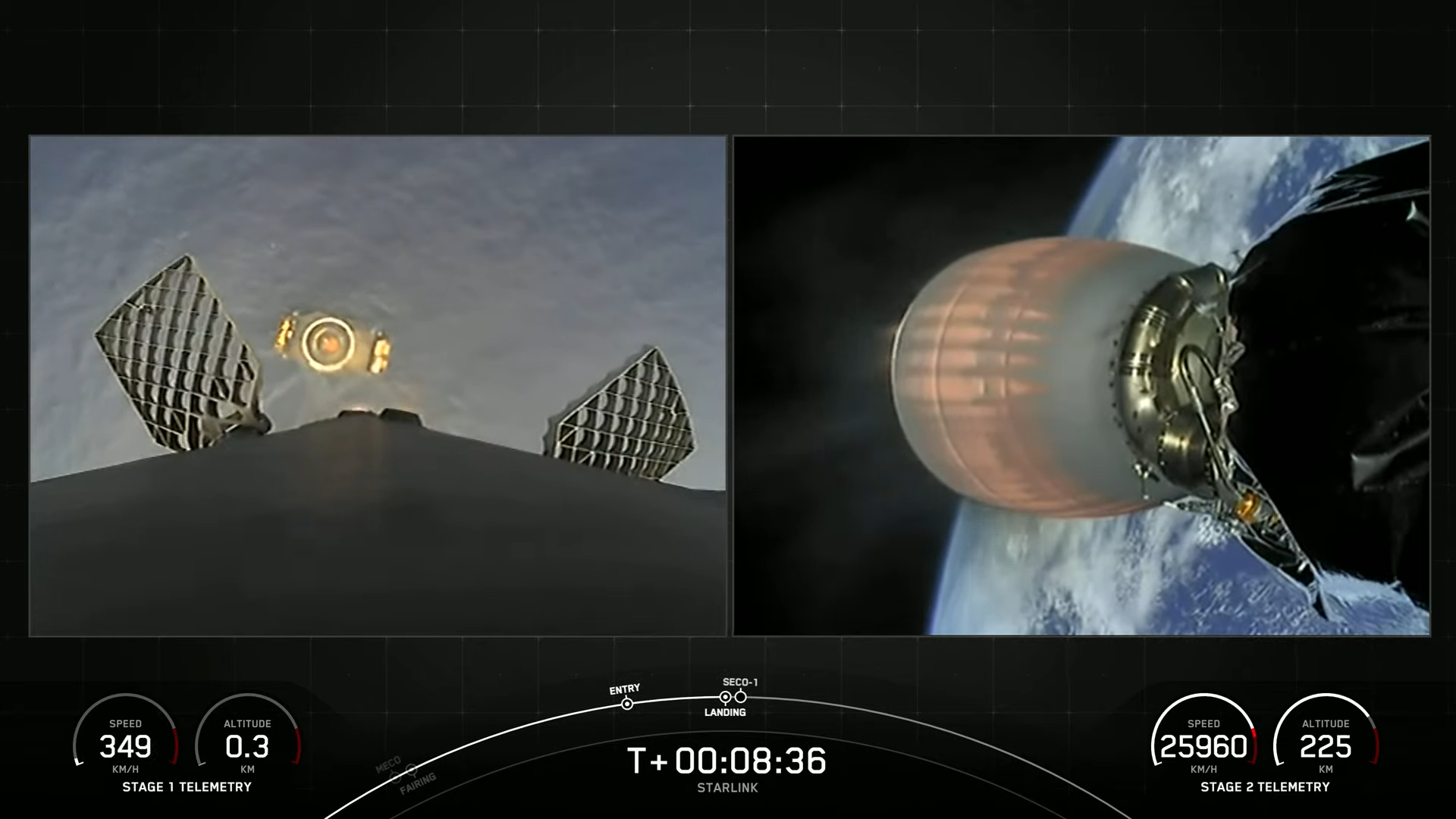
SpaceX has successfully launched its fifth Falcon 9 mission of the year out of Vandenberg Space Force Base, Calif., as it readies for a record-setting pair of flights from opposing coasts of the United States only four hours apart. The seasoned B1071 core—a dedicated “Vandenberg Falcon”, making her eighth trek to space—took flight from Space Launch Complex (SLC)-4E at the mountain-ringed West Coast launch site at 12:26 p.m. PDT Friday, laden with 52 Starlink internet communications satellites for emplacement into low-Earth orbit at an altitude of 350 miles (570 kilometers), inclined 70 degrees to the equator.
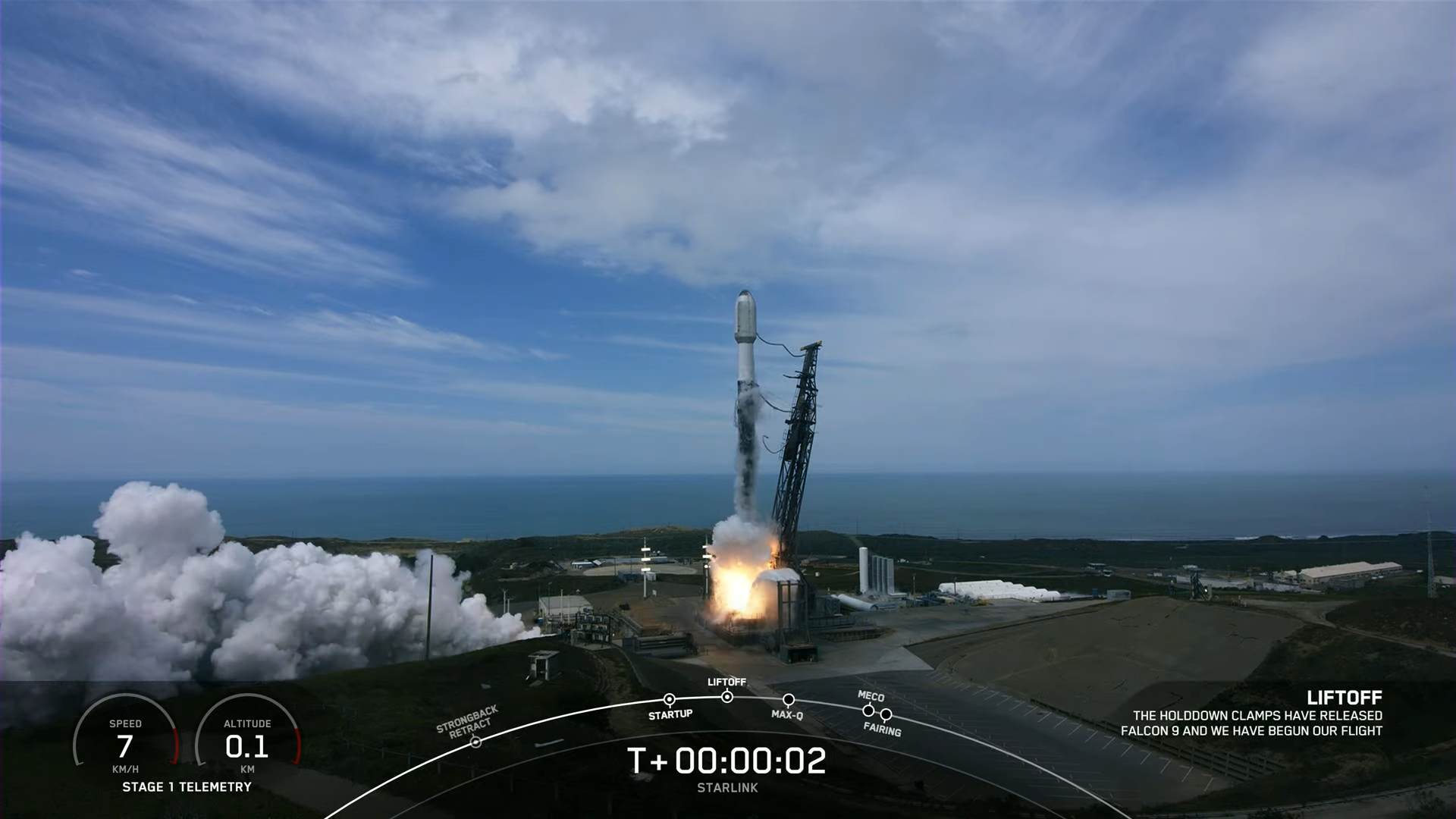
Friday’s launch brings the total tally of Starlinks launched so far in 2023 to 440, delivered via nine missions out of Vandenberg, storied Space Launch Complex (SLC)-40 at Cape Canaveral Space Force Station or historic Pad 39A at Florida’s Kennedy Space Center (KSC). All told, 4,103 of these flat-packed internet communications satellites have been lofted since May 2019.
Starlink now facilitates high-speed and low-latency internet provision across 50 sovereign nations and international markets, spanning North and South America, Europe, Asia, Oceania and Africa. Last month alone, Iceland, Rwanda and the Philippines—Starlink’s first client in South East Asia—officially signed up to the network.
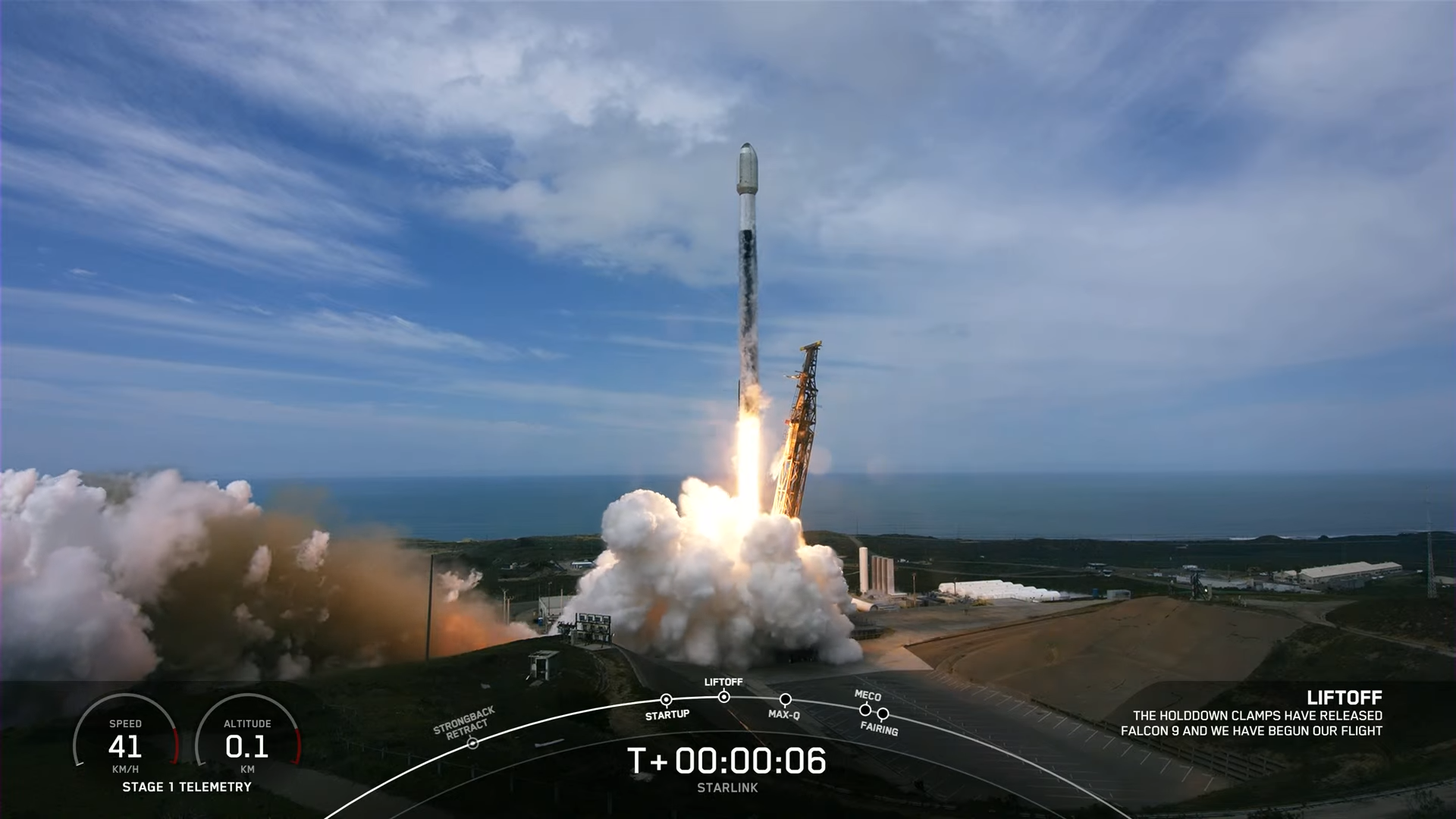
In readiness for Friday’s launch, the West Coast-based Autonomous Spaceport Drone Ship (ASDS), “Of Course I Still Love You”, put to sea on Tuesday out of Port of Long Beach, Calif., bound for a recovery position offshore in the Pacific Ocean. Late Thursday, SpaceX announced that it was aiming for dual launch opportunities on Friday.
The first was at 12:26 p.m. PDT and a second at 4:24 p.m. PDT. Held in reserve were a pair of backup tries on Saturday at 12:12 p.m. PDT and 4:10 p.m. PDT.
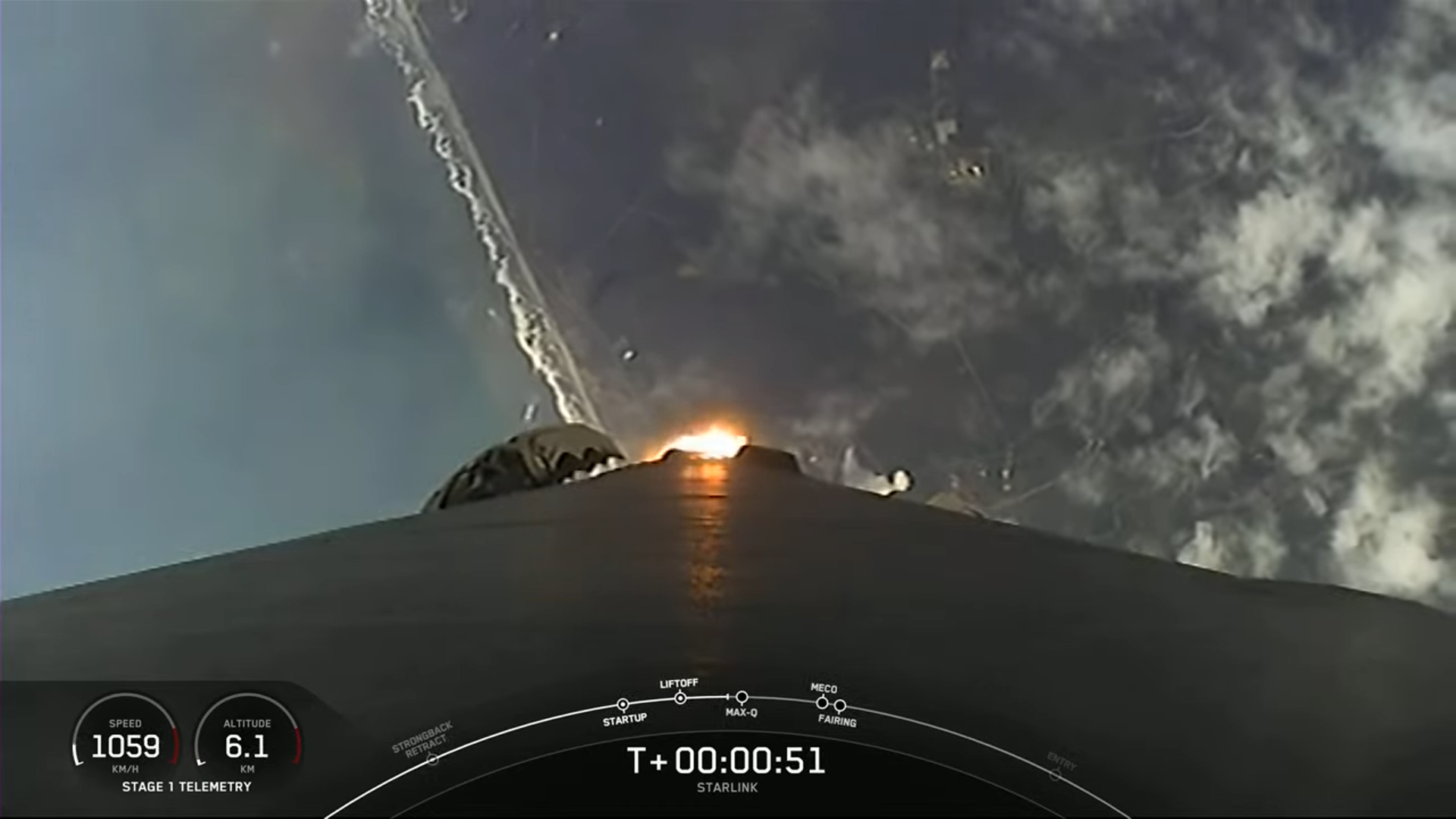
Flying today was B1071, which previously flew seven times between her maiden outing in February 2022 and her most recent flight at the end of January. She opened her career with a pair of classified missions on behalf of the National Reconnaissance Office, delivering the highly secretive NROL-87 and NROL-85 payloads in February and April 2022, then launching Germany’s SARah-1 radar-imaging surveillance satellite in mid-June and the NASA-led Surface Water and Ocean Topography (SWOT) satellite for a three-year-plus survey of the changeability of worldwide water bodies last December.
Added to that list, B1071 has flown four Starlink batches—totaling 199 satellites—on missions last July, October, January and today. Four of her missions terminated with on-point touchdowns on solid ground at Vandenberg’s Landing Zone (LZ)-4, whilst four others have now alighted offshore on the expansive deck of OCISLY.
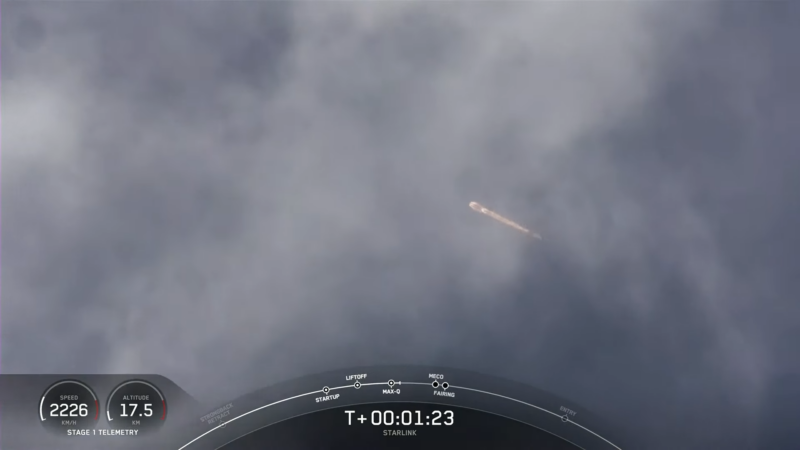
Powering smoothly uphill under the thrust of her nine Merlin 1D+ engines, B1071 performed admirably as she became SpaceX’s ninth booster to log an eighth mission. Right on time, she separated from the Falcon 9 stack at 2.5 minutes after liftoff and pirouetted to a smooth landing on the drone ship, wrapping up the fifth Vandenberg flight of the year and the second in March alone.
The single Merlin 1D+ Vacuum engine of the rocket’s second stage then took over, executing a long “burn”, lasting six minutes, to deliver the 52 Starlinks to orbit. Deployment of the stack occurred a little past 15 minutes after launch.
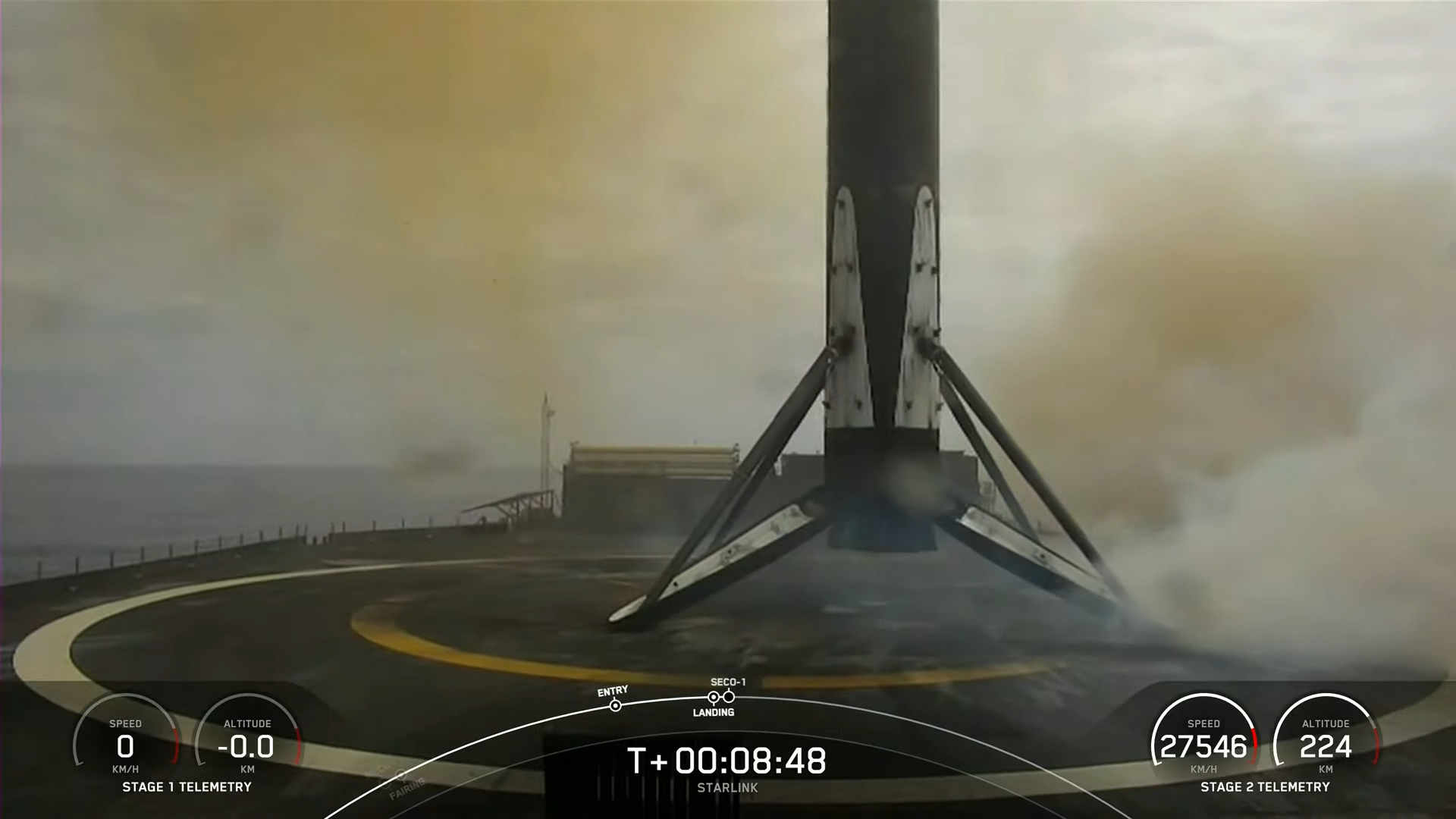
Attention now turns to Florida and SLC-40 at Cape Canaveral Space Force Station, Fla., where a second Falcon 9—the five-times-flown B1069—is targeting a launch at 7:38 p.m. EDT Friday, right on the opening of a 38-minute “window”. A backup opportunity, with a window spanning 37 minutes, opens at 7:38 p.m. EDT Saturday.
If tonight’s opening launch attempt is achieved, SpaceX will establish a new record of four hours and 12 minutes between two Falcon 9 flights. The current “personal best” was set last October, between the Florida launch of Dragon Endurance and her Crew-5 quartet of NASA astronauts Nicole Mann and Josh Cassada, Japan’s Koichi Wakata and Russian cosmonaut Anna Kikina—heading uphill for a five-month stay on the International Space Station (ISS)—and a Vandenberg Starlink mission, seven hours and ten minutes later. Of note, B1071 flew that October 2022 Starlink mission, making her half-responsible for setting both empirical records.
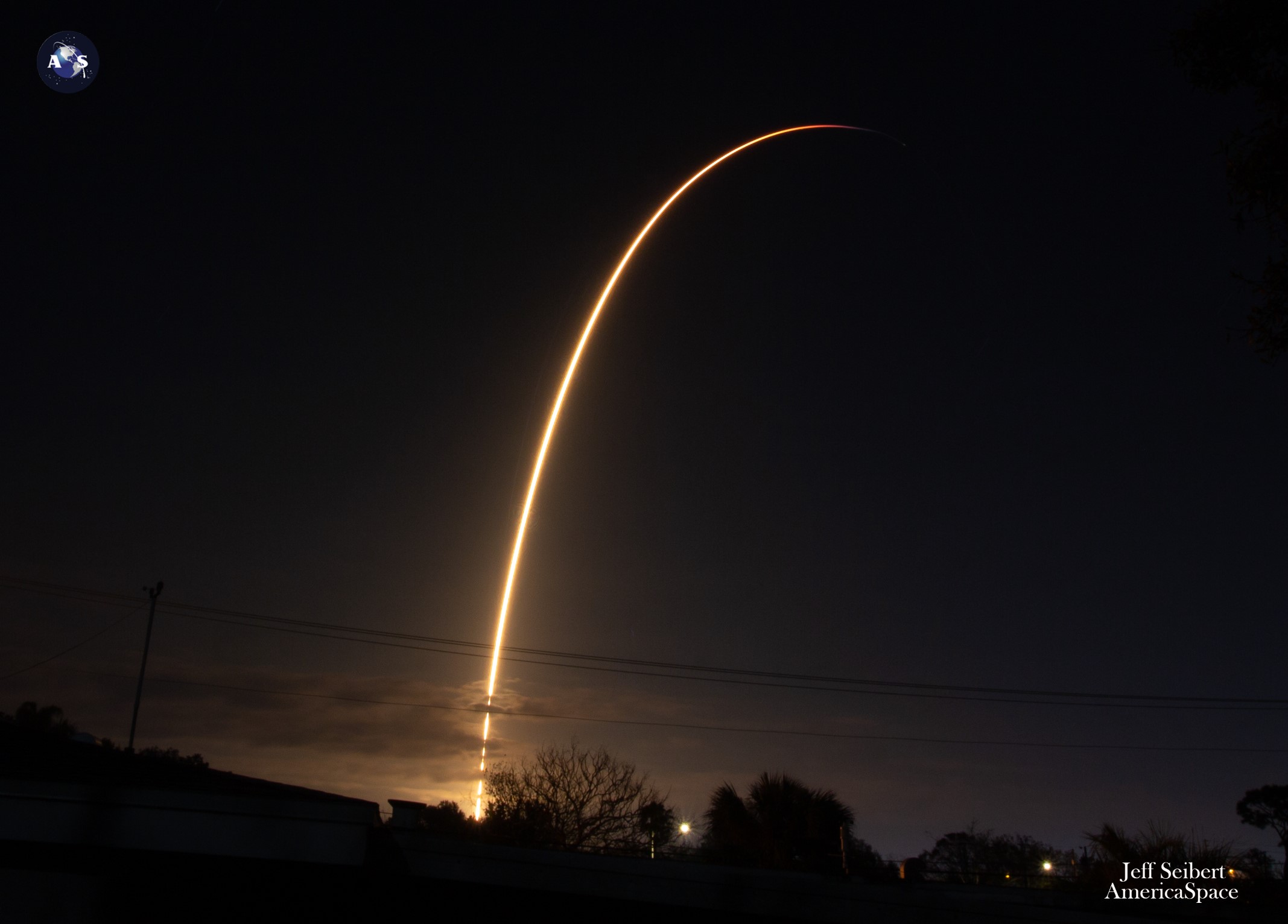
Weather on the Space Coast for tonight’s second launch of the day looks favorable, with an 80-percent probability of acceptability, though a sharp downturn to only 35-percent-favorable is anticipated for the backup attempt on Saturday. As the next cold front approaches Florida from the west, high pressure will retreat into the Atlantic, according to the 45th Weather Squadron at Patrick Space Force Base, in their L-1 update on Thursday.
“The front will be draped over the Florida Panhandle by the evening,” it noted. “This set up will bring southerly winds, shifting southeasterly and becoming gusty in the late afternoon and evening behind the sea breeze.”
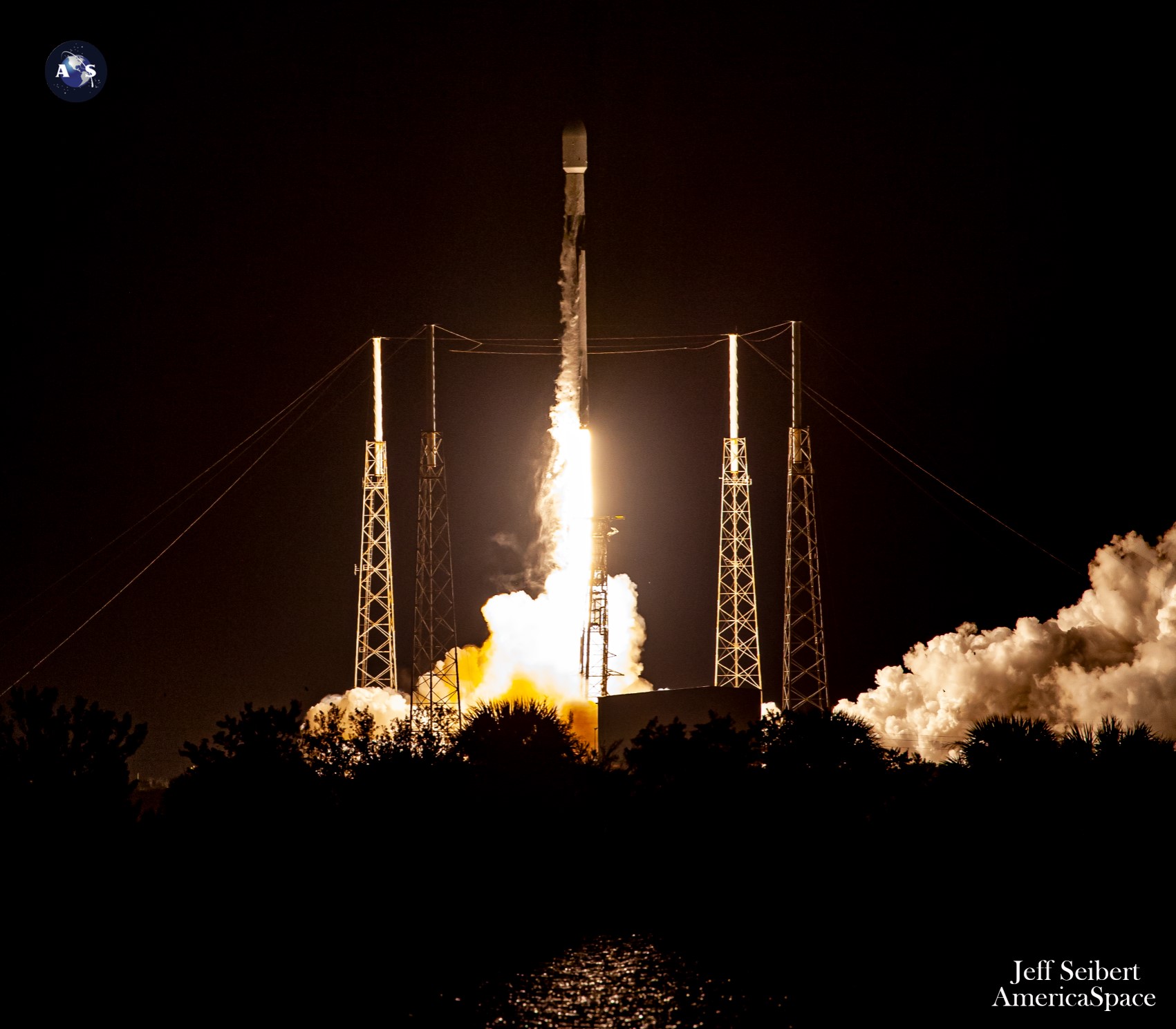
Potential showstoppers tonight include a risk posed by near-surface liftoff winds. But as the cold front makes its way into East Central Florida on Saturday, the 45th explained that weather conditions “will deteriorate”, with a high likelihood of showers, storms and increased cloud cover.
Aiming to take advantage of Friday’s favorable outlook, B1069 is gearing up for her sixth launch, having entered SpaceX’s burgeoning booster fleet back in December 2021. Almost lost after her first flight in a hair-raising ASDS touchdown, she underwent substantial repairs—including a brand-new suite of Merlin 1D+ first-stage engines—and went on to fly three times in 2022.
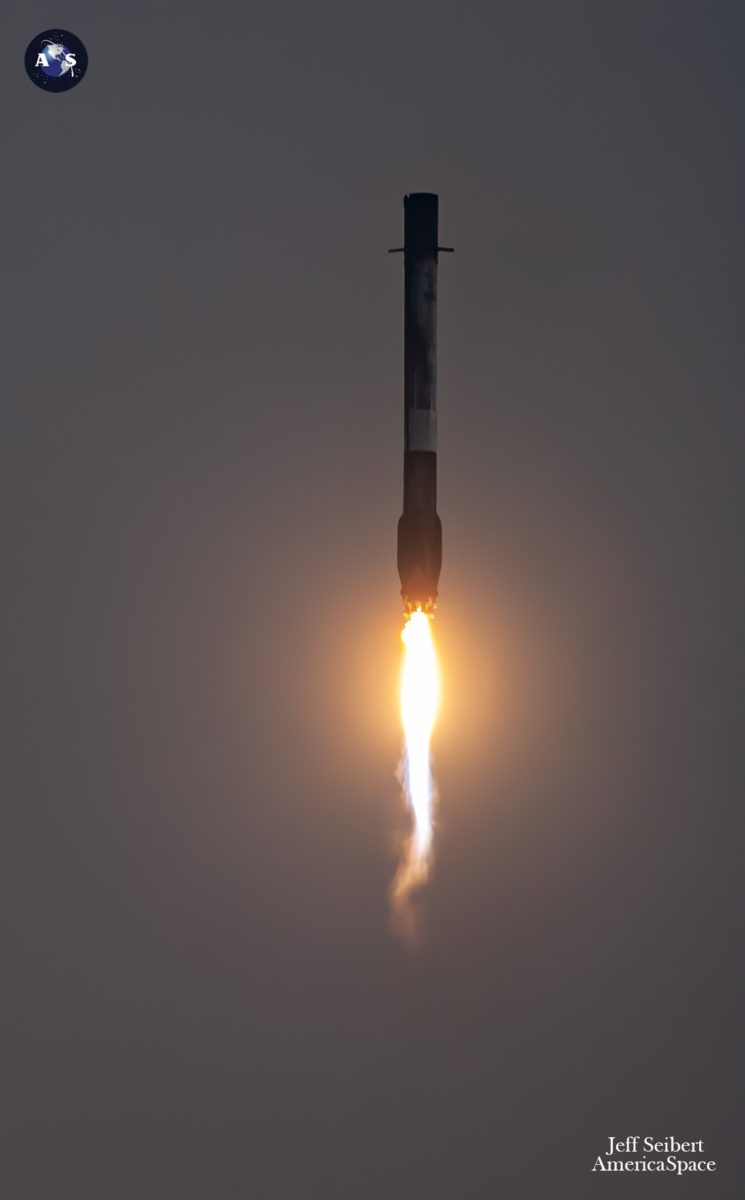
She lofted 54 Starlinks to orbit in August, followed by Eutelsat’s Hotbird 13F geostationary communications satellite in mid-October and 40 broadband satellites early in December for London, England-based OneWeb. A fifth flight just last month saw her deliver another Starlink batch on the Falcon 9 fleet’s 200th fully successful launch.
Aboard B1069 for tonight’s launch will be the dual-stacked SES-18 and SES-19 geostationary satellites, flying on behalf of Luxembourg-headquartered telecommunications provider SES. Built by Northrop Grumman Corp., SES-18 and SES-19 will leverage the capabilities of its GeoStar-3 satellite “bus” and are equipped with ten C-band transponders to facilitate the broadcast of digital television to nearly 120 million homes.
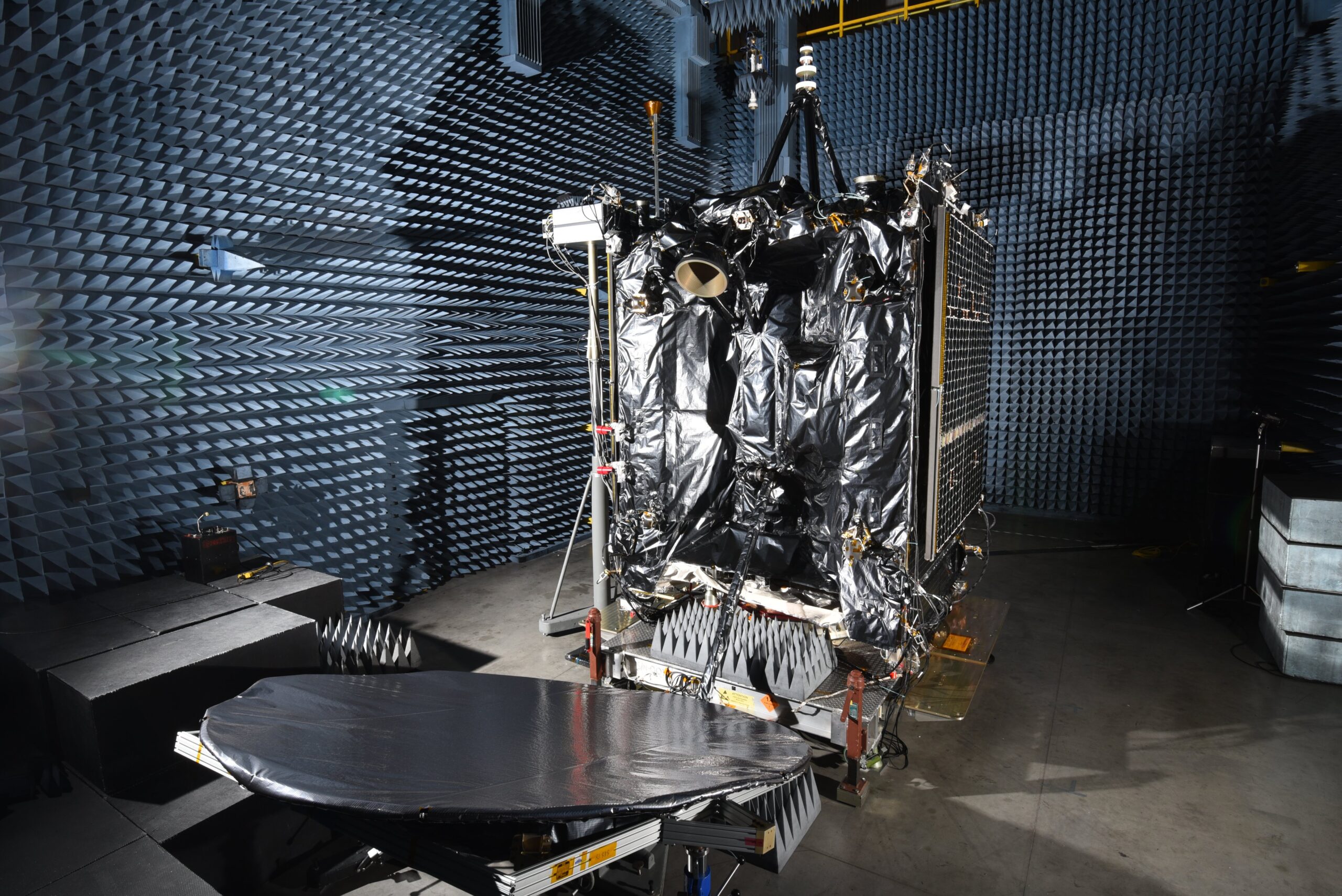
These two satellites form part of a group of four SES birds—of which the first pair, SES-20 and SES-21, rode a United Launch Alliance (ULA) Atlas V to orbit early last fall—to spearhead an ongoing campaign to accelerate SES’ C-band clearing plan and meet a Federal Communications Commission (FCC) objective to free up spectrum for 5G terrestrial wireless services. SpaceX was selected back in June 2020 as the launch services provider for the SES-18 and SES-19 mission.
After boosting the Falcon 9 aloft for the opening 2.5 minutes of tonight’s launch, B1069 will return to land on the deck of the East Coast-based ASDS, “Just Read the Instructions”, which headed out from Port Canaveral last Sunday and is positioned some 410 miles (660 kilometers) offshore in the Atlantic Ocean. The rocket’s Merlin 1D+ Vacuum engine will then execute a pair of “burns” to establish the proper conditions to deploy SES-18 at 32 minutes and SES-19 at 37 minutes into flight.




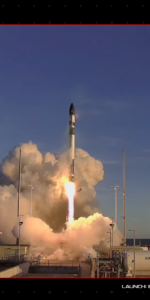

2 Comments
2 Pings & Trackbacks
Pingback:SpaceX Sets New Launch-to-Launch Record, Lofts SES-18/SES-19 Twins - AmericaSpace
Pingback:SpaceX Prepares for Record-Setting Night of Florida Launches - AmericaSpace